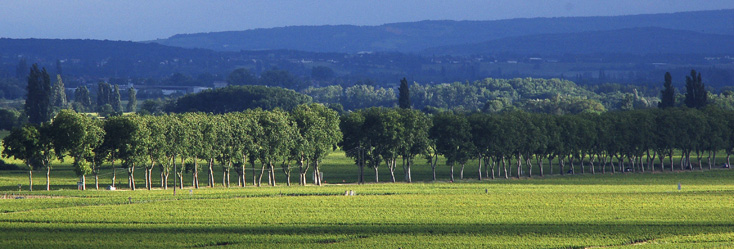
The vineyards of Bourgogne produce some great wines with a historical and international reputation. However, the region is not simply limited to its iconic appellations. In addition to its Village Premier Cru and Grand Cru AOCs, it also produces a range of wonderful Régionale and Village appellations to explore.
You will also find a full list of the Bourgogne’s Climats and lieux-dits on this page.
Check out the complete list of the 84 Bourgogne appellations.
However, your exploration has only just begun. Bourgogne wines have never before offered such high quality. Besides our range of internationally celebrated wines, try some of our lesser-known appellations where there are lots of surprises in store.
And for a fun way to find out more about the wines on offer, try out our “Which Bourgogne wine is right for me?” quiz, or check out Bourgogne Maps to take an interactive tour of the region.
Regional appellation
APPELLATIONS SUR PLUSIEURS VIGNOBLES
31 juillet 1937
Reds and rosés - Pinot Noir (min. 1/3) and Gamay (max. 2/3), the grapes being mixed before vinification.
Area under production*:
1 hectare (ha) = 10,000 m² = 24 ouvrées.
Reds: 211.89 ha
Rosés: 2.26 ha
Average annual yield**:
1 hectolitre (hl) = 100 litres = 133 bottles.
Reds: 9,441 hl
Rosés: 128 hl
*In 2022 **5-year average, 2017-2021
Appellation Régionale of Bourgogne.
The appellation BOURGOGNE PASSE-TOUT-GRAINS is restricted to red and rosé wines produced within the defined area of the BOURGOGNE appellation.
Producing communes:
Department of Yonne: 54 communes.
Department of Côte-d’Or: 91 communes.
Department of Saône-et-Loire: 154 communes.

Style differs according to the region of production and according to the relative proportions of Gamay and Pinot grapes in its make-up. There are glints of mauve and fuchsia in its colour. A light, fresh, well-fruited wine with immediate appeal. If its vivacity is due to the Gamay grapes, it is the Pinot grapes which lend it its mellow serenity. The attack is lively and strong on fruit. Well-textured, it develops aromas of underbrush, game, and brandied cherries.

This red wine is notably well-fruited in its aromatic makeup and lends itself readily to good plain cooking. Its fluidity makes it an indispensable adjunct to fine cold cuts, pies and cold ham. Its delicate tannic framework is not overwhelmed by vegetable tarts, mashed vegetables, or even tomato salads. It makes an ideal companion for all kinds of finger-food served at picnics and barbecues. It is also well-suited to soft and soft-centred cheeses such as Camembert.
Serving temperature: 11 to 12°C.

It is a blend of Pinot Noir grapes and Gamay noir à jus blanc. This makes it unique among non-effervescent Bourgogne. Combining two such different grapes takes considerable skill. The blending takes place when the grapes are loaded into the vats - it is not a blend of different wines. At least one third of the grapes must be from the Pinot variety. The area of production is the same for all Bourgogne. The appellation dates from 1937.The wines are mostly reds and for the very rare exception, rosés.

While the Pinot Noir grows virtually everywhere in Bourgogne, the Gamay is mainly found in the département of Saône-et-Loire, especially the Mâconnais region where the soils are particularly favourable - flints, sands and clays mixed with pebbles which are often of granitic origin.
